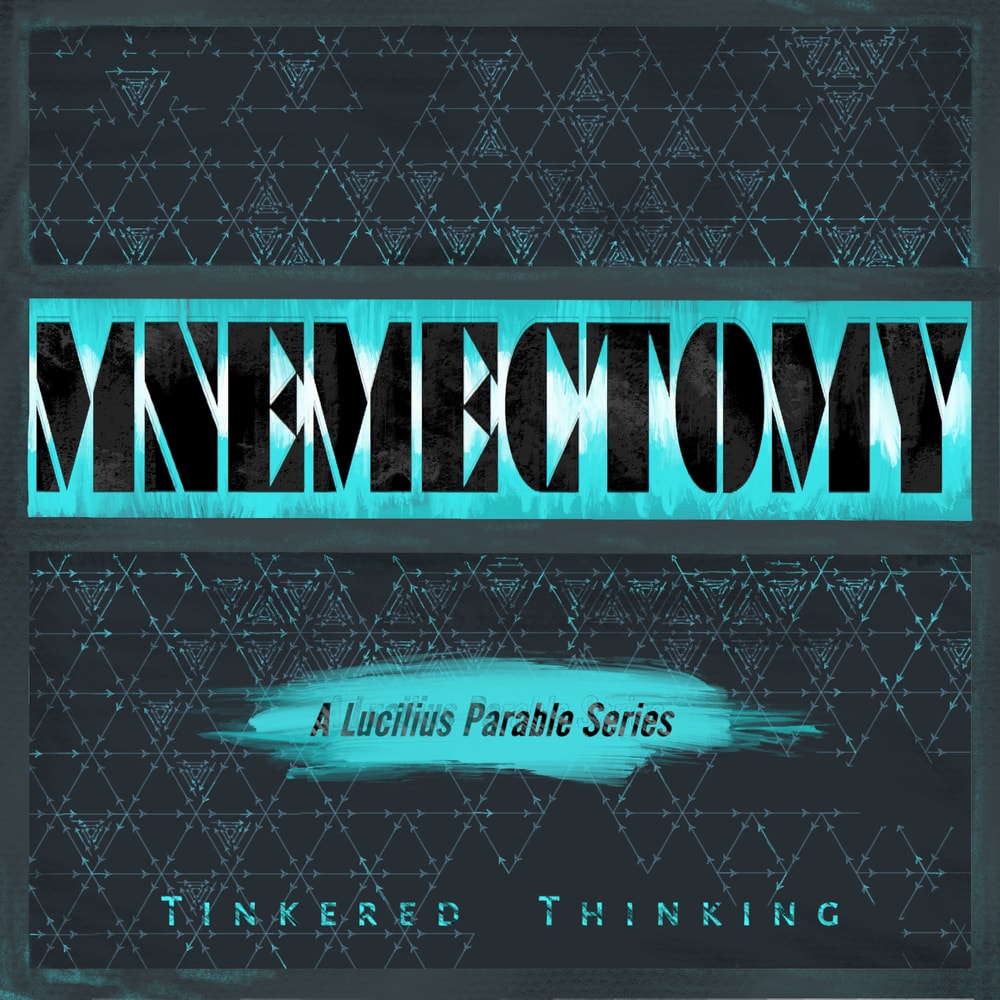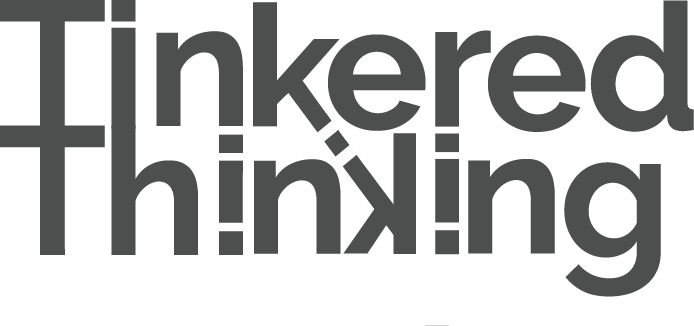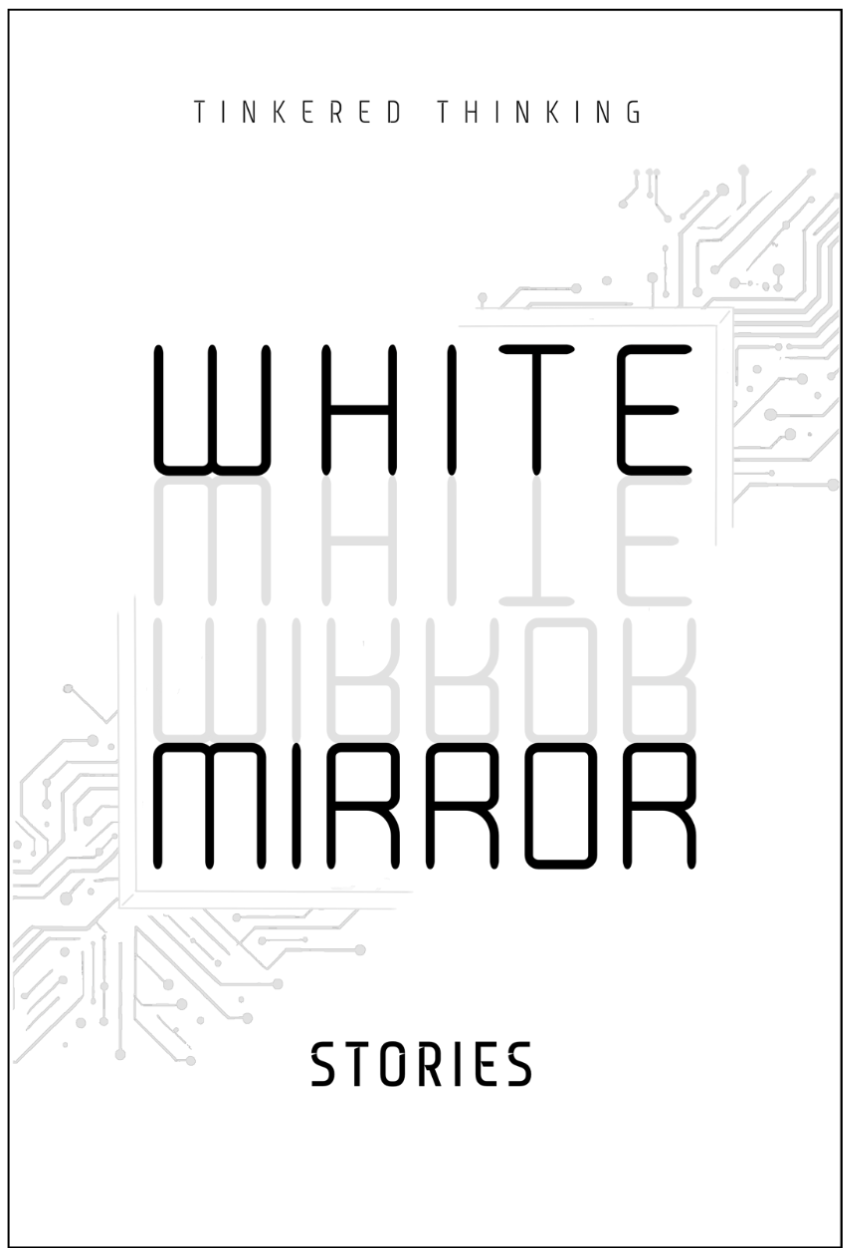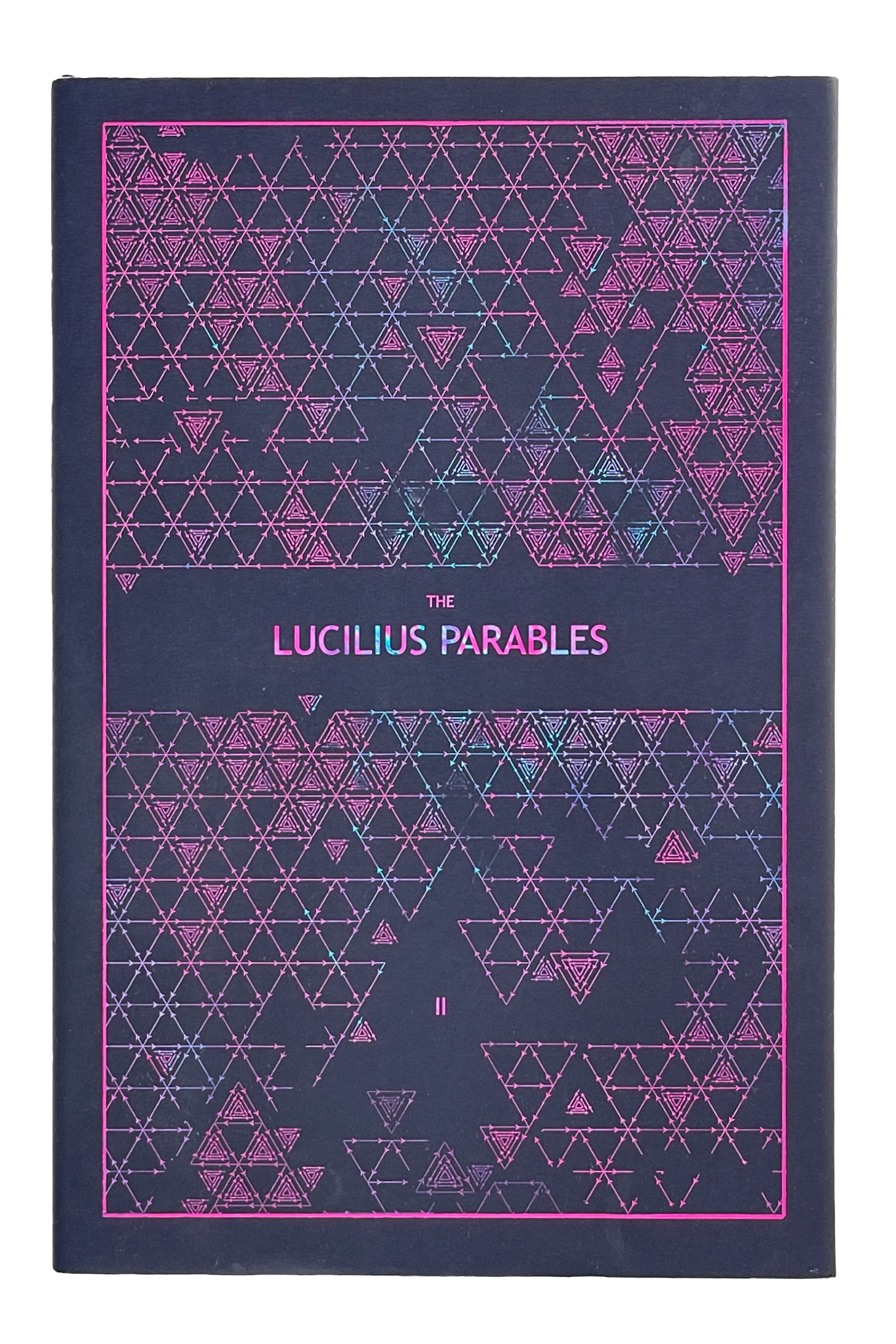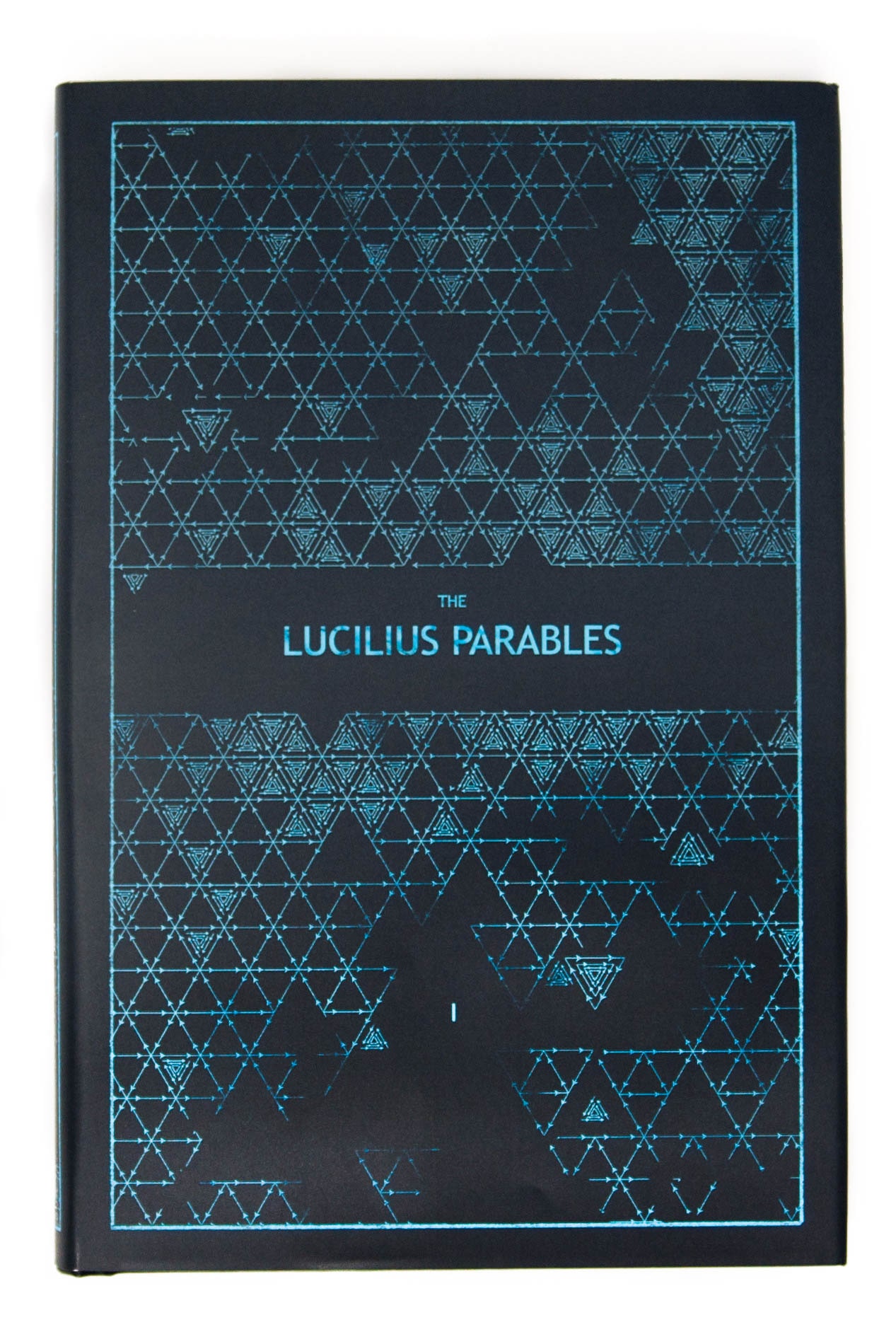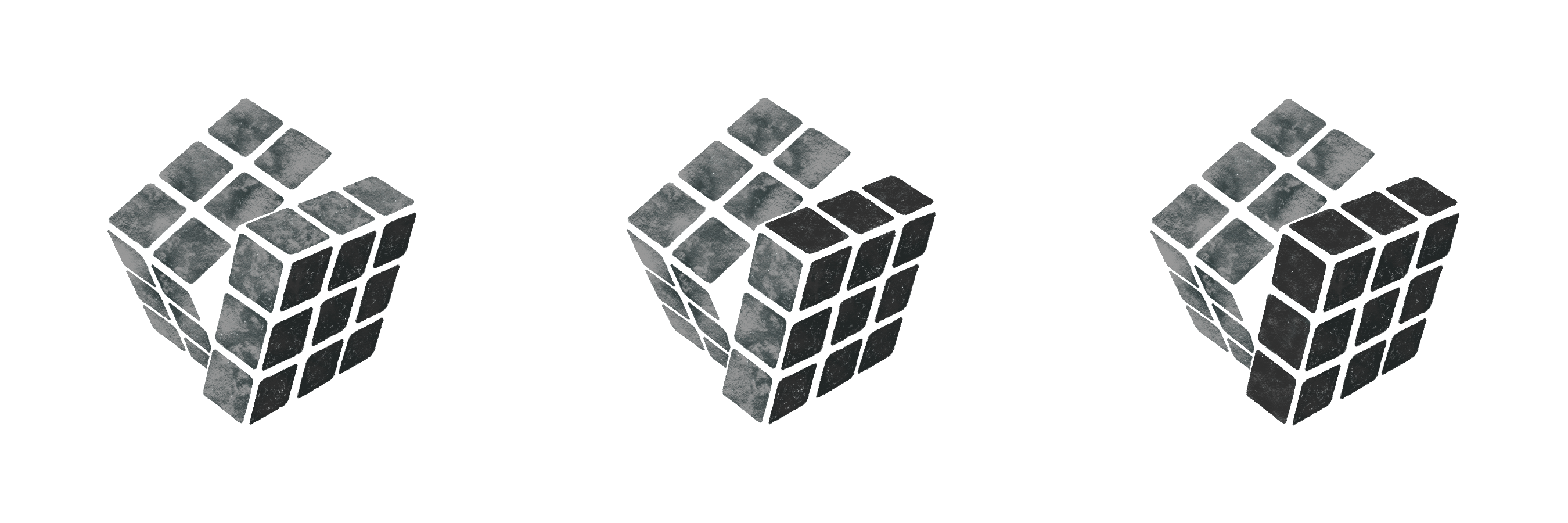Daily, snackable writings to spur changes in thinking.
Building a blueprint for a better brain by tinkering with the code.
subscribe
rss Feeds
SPIN CHESS
A Chess app from Tinkered Thinking featuring a variant of chess that bridges all skill levels!
REPAUSE
A meditation app is forthcoming. Stay Tuned.
PREDICTING THOUGHTS
March 28th, 2019
We have all had the eerie experience of struggling with a problem and by chance noticing some new aspect of the problem which ushers in a Eureka moment. In such a case, our attention has happened upon some stray and key detail.
Ideally we are directing this attention into unexplored territory in an efficient and systematic way. Unfortunately, our attention seems to bounce around more by the whims and wills of chance rather than by the design of some overtly conscious system. Our own consciousness seems to tile over this disturbing fact with feelings of identity and the ownership of one’s own experience. But the fact is, we cannot really predict the next thought that we will have.
Notice how the very word ‘prediction’ separates into pre- and –diction, meaning simply ‘before spoken’. Prediction, in this etymological sense means thought, as in, we can predict what we will say because we have a thought about it immediately preceding the event.
But can we actually predict what is before our diction? This is a redundant regression. Our definition and use of the word prediction has conveniently expanded beyond this more narrow etymology, but the functional problem of predicting a thought remains. To try and predict a thought is to actually have the thought, there is no ‘pre-thought’ that we can access. We can certainly plan on doing some type of work, or theorize about the kinds of thoughts we will have in a certain place and time and in a certain context, but the nuances and details do not arise until we are actually experiencing such a future moment.
We can rewind back to the introductory image of struggling to solve a problem and see that while we can’t predict actual thoughts, we can actually map out their negative space. What does this mean exactly? In visual art, negative space is the space around an object. We can easily imagine someone selecting an object in Photoshop with a function that detects it’s borders and then deleting that object. This would turn the object into a negative space. The areas of a jigsaw puzzle that appear as though they’ve been cut out of the piece can qualify as a negative space in this context. The useful aspect of negative space in this instance is that we have the capacity to slowly map out the negative space of a solution as we investigate a problem. This is somewhat like predicting a thought.
Eureka, after all is greek for “I have found it.” What exactly did Archimedes find when he exclaimed this? More important than finding a method for measuring the purity of gold, he found a thought. A system of thoughts that his mind predicted might exist. And like shuffling through a bucket of keys and trying different keys for a specific lock, his imagination kept generating more keys until one finally fit.
We inevitably have only one tool for this entire process: the question.
At the root of all thought and progress, the question is humanity’s single superpower.
Not only is it an open ended concept that propels us into a new adventure,
it is a mechanism for mapping, outlining, and in some sense predicting the future of our own thoughts.
For a different discussion of this tool, check out Episode 30 of Tinkered Thinking, entitled The Only Tool.
-compressed.jpg)
